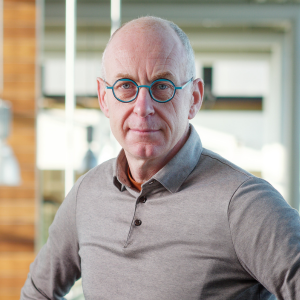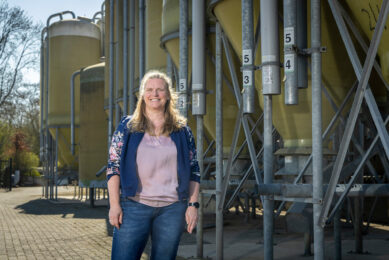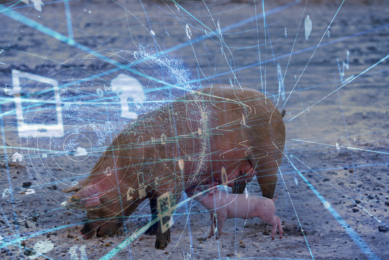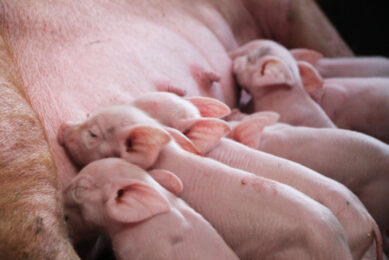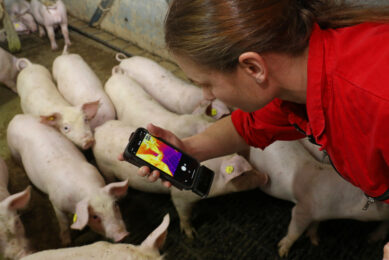Farm visit: Saving feed and costs by feeding more accurately
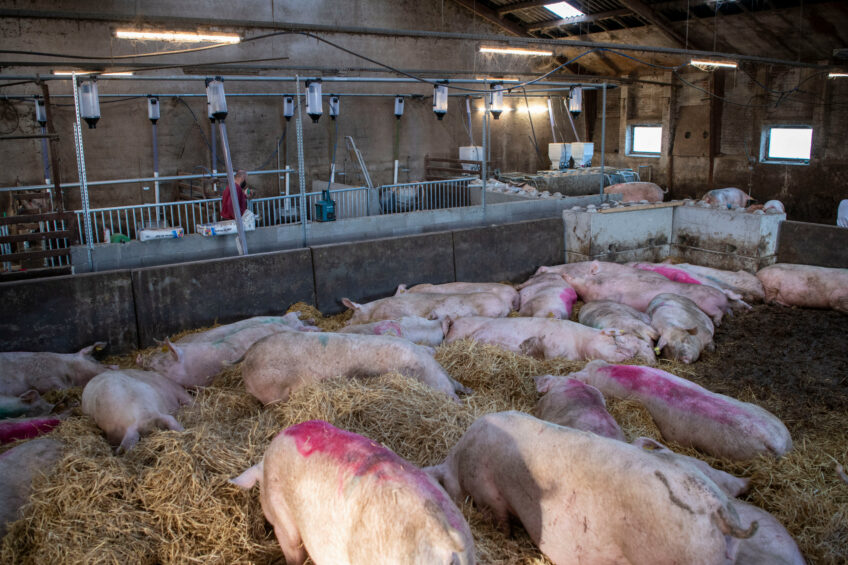
It increasingly matters to have a clear insight into what is happening on pig farms. Danish producers Tina Frederiksen and her husband Steen chose to move away from floor feeding for their sows and had feeding stations installed. Precision feeding is expected to save on feed and feed costs.
It would be a lie to say that there were no hiccups at all. Yet, after about 3 weeks, Tina Frederiksen’s sows got well accustomed to the new “walk-in” feeding stations, with entrance and exit being the same. That means the sows have to leave the station walking backwards, with a risk of impatient pen mates blocking their way out.
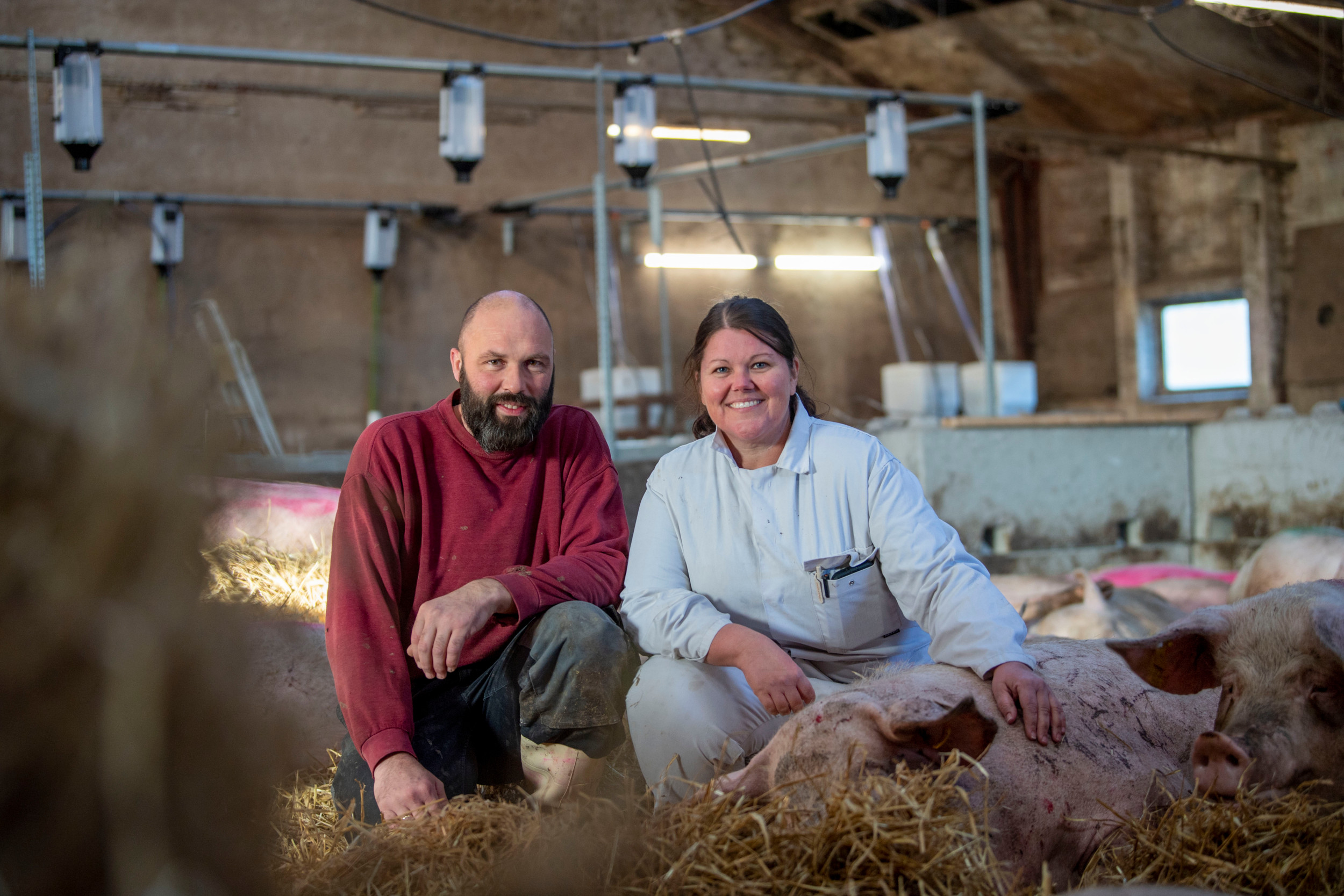
Frederiksen says, “The experience is good after 3 weeks with these feeding stations. This morning, there were 7 sows on the list that had not had their rations, one of which lost her chip. I anticipated fights would break out as the sows would leave the feeding station and that I would have to spend time training the sows how to handle the station. That has not been too bad, though. When a new production group goes to the gestation pen, I help them all with the box, the first day. The next day, 80% of the sows find their way to the feeding station and after four or five days they all know the technique.”

Helping the gilts
Frederiksen expects that, in time, she will only have to help the gilts to learn how to handle the feeding stations. They will presumably be able to manage that quickly, because in the gilt barn there are fairly similar feeding units from which the young animals already learn to enter a feeding station. After pregnancy checking, the gilts will stay together in groups with floor feeding until they are allowed to enter the farrowing pen. Only after having had their first litter, the young sows will come into contact with the feeding stations.
Improving sow condition
The combination of large groups of sows and feeding stations is a must for this company. As the farm produces for the UK market, sows have to be allowed to walk free, immediately after insemination.
Until recently, Frederiksen used to work with floor feeding in the sow facilities. She preferred an alternative, as it proved to be virtually impossible to feed in sufficient amounts to meet the needs of highly productive DanBred sows. As soon as the feed would drop down, the boldest sows simply used to stand ready with mouths open. The others would have to make do with the leftovers, leading to a deterioration of the animals’ condition. In addition, she said, feed was being wasted. The feeding strategy that had been applied for roughly 20 years could not be continued, she says.
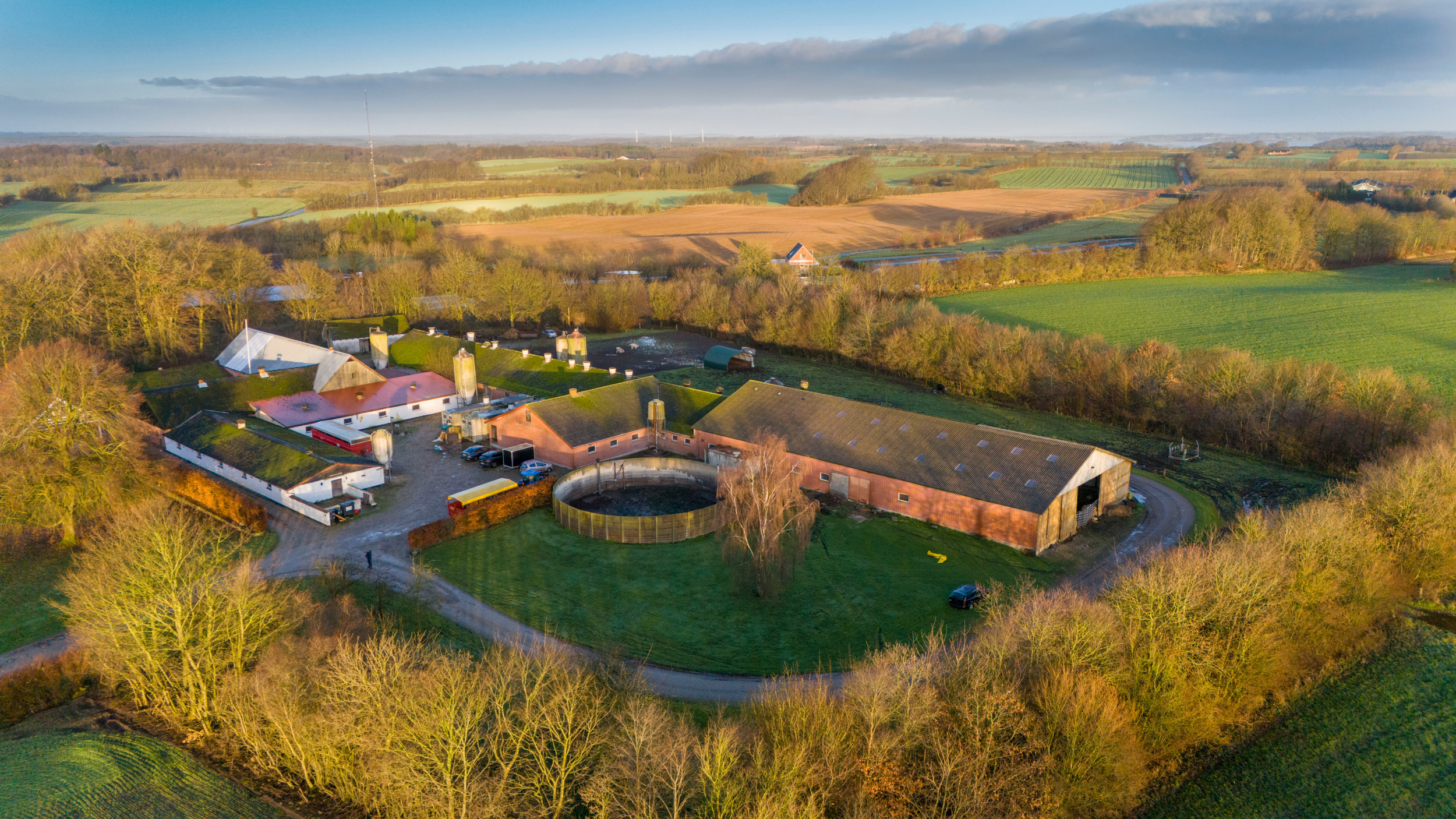
The farm now has two groups with 45 gestating sows and one group with 90 gestating sows. The two groups with 45 sows have 3 feeding stalls. Both have one unit with two feeding stalls and one unit is placed in the middle between the 2 groups.
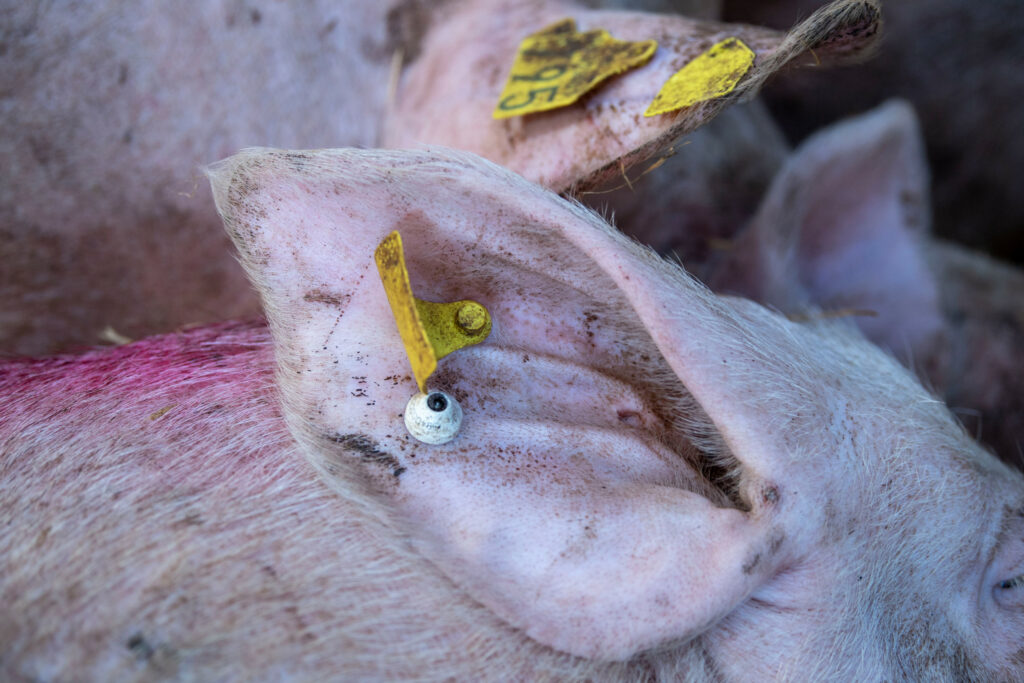
The group of 90 sows is located in housing with straw bedding. There, 5 feeding stalls have been installed. Costs for a unit (2 stalls, 1 feed dispenser) are around €5,000. To be able to connect all feed stalls to a central management system requires a one-off investment of €350. Frederiksen estimates to be able to save €20,000 per year on feed costs alone. When applying floor feeding, the annual feed intake per sow was about 1,500 kg. Calculations showed that this could drop to 1,300 kg.
About 20 years ago, Frederiksen bought the farm from her father. She has advanced plans for a redesign involving new constructions as well as an expansion to 1,000 sows. That will have to happen in a different location, since the current location is close to a town. The plans involve an investment of about €6 million, including a new sow herd. Its implementation, however, will take some time, partly because the permit is not yet in place. To bridge the gap, Frederiksen therefore decided to invest in these relatively simple feeding stations of the brand Freeda (more on this system in the box The importance of precision sow management). They were supplied by the Danish company Agrisys. This company does the marketing and sales of the feeding stations developed and previously sold by Nedap.
Water and auger system
Frederiksen’s husband Steen is working in the barn with straw bedding, installing a number of pens that will serve as an infirmary. While his wife is checking up on the sows, he is busy mounting a drinking trough on the wall. With the instalment of the new feeding stations, all sow facilities were equipped with new drinking troughs. In addition, new feeding valves were installed for feed transport. All in all, the farm investments included more than just for the feeding stations. The intention is to move the feeding stations to the new facilities in the future. In that way, the investment will pay off in the long term.
Labour is expensive – a full-time employee from Ukraine costs €4,300 per month, based on 37-hour work week. In the ideal situation, those hours are needed in the farrowing house. The production level of the facility, which is free from Porcine Reproductive and Respiratory Syndrome (PRRS), is 19.2 piglets born alive per litter. Of these, 15 are raised with their mothers. On a weekly basis, 18 sows farrow and usually 4 foster sows are needed.
Looking back at the investment, Tina Frederiksen says, “It has not been too bad for me. It was quite an adventure, because I could not go to see a colleague who was already working with it.”


